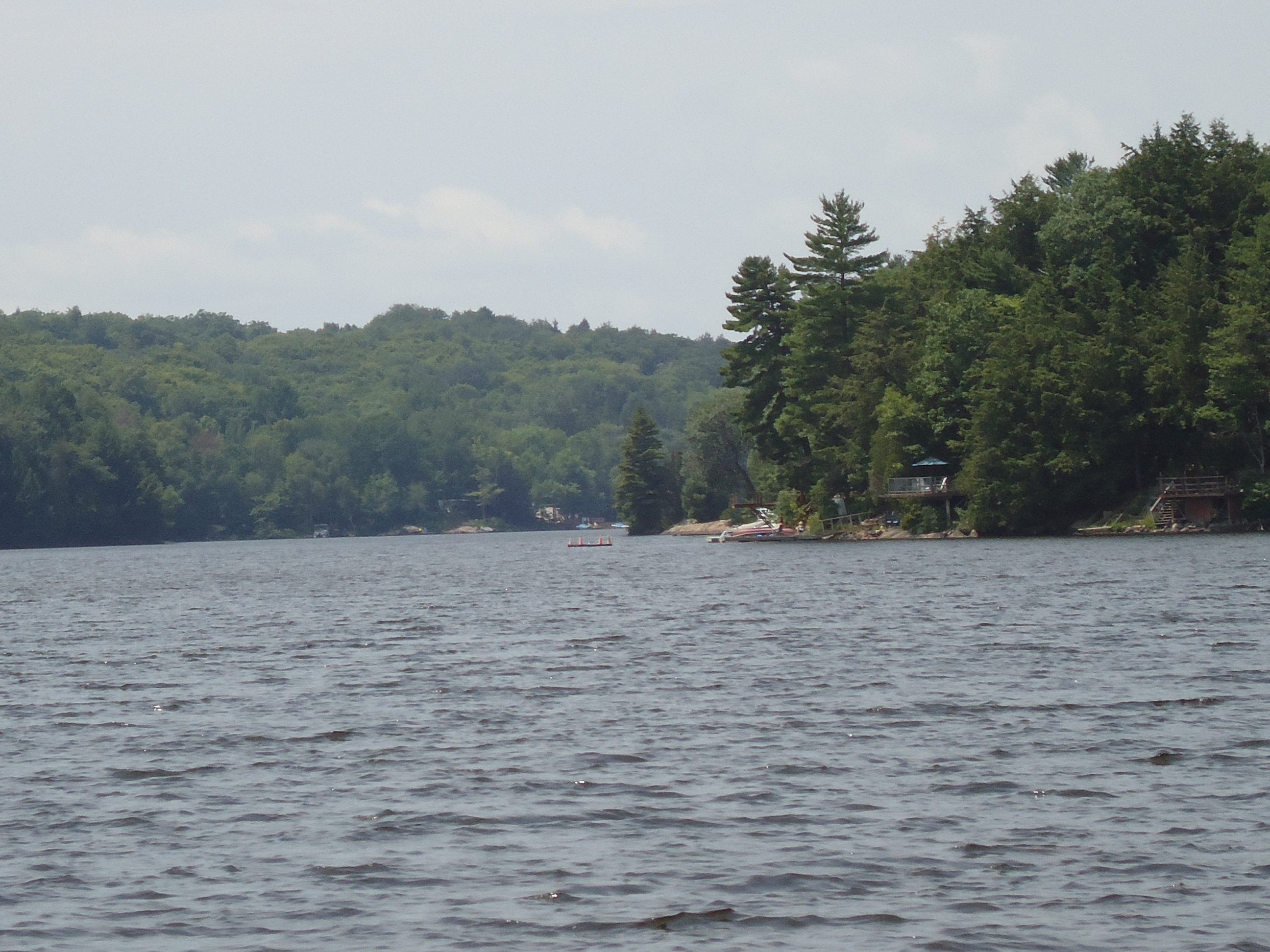WRITING FROM AN OUTLINE, PART 3: Expand to the Next Level
Canadian author and teacher Jack Hodgins says of fiction writing, “Write the first draft to find out what you’re writing about.” For non-fiction writing I would say, “Write the first draft to find out what other research you need to do.”
I’ve just finished the first draft of Chapter 6. I’ve drafted this chapter faster than any of the others and I think I know why. Instead of starting to write directly from my high-level outline, I:
- reviewed the outline, Chapter 6 outline
- did some research to understand the topics better and find good primary sources, then
- expanded the outline to a lower level of detail, figuring out the best order for the topics in the chapter. Chapter 6 details
Then I wrote the chapter, topic by topic, making notes of the additional research I need to do.
This really worked for me! I knew what I needed to write each day, got a first draft done quickly and seemed to stay more focussed and less likely to stray too far into research that is interesting but not important to the story. I now know exactly what I need to research next to fill in the holes in the chapter.
Over the six days it took me to complete this process, I also made sure to balance each day. For me that means:
- Do work on the book, then
- Do something physical, then
- Do something else.
I lived a balanced day every day for six days – yay for me! Then I took the weekend off. Now I’m ready to tackle Chapter 7 in the same way I drafted Chapter 6, and then the first draft will be DONE!
I’ll let you know how it goes.
